“Half of us will deliver the homestay kits and the rest will set up the homestays. Let’s keep the ball rolling, people!” hollered a member of the operations team at Mountain Homestays (MH) to pump up his mates on a cold Ladakhi morning in March. These young men had set out for the remotest corners of Ladakh in the freezing weather, when even the locals don’t venture out unless they must. Two vehicles full of material for the villagers, a professional photographer, and a motivated team were on their way to set up homestays in some of the remotest corners of Nubra, Siachen, Sham, and Changthang valley. The villagers too were eagerly waiting to welcome this new development in their regions. Cut to October 2021, seven months have passed since this remarkable, impactful operation was completed. The local communities are now enjoying the sweet fruits of increased tourist footfalls in these new, offbeat circuits of Ladakh. This is a result of precise planning, expert-community collaboration, and constant, ongoing support lent to each other!
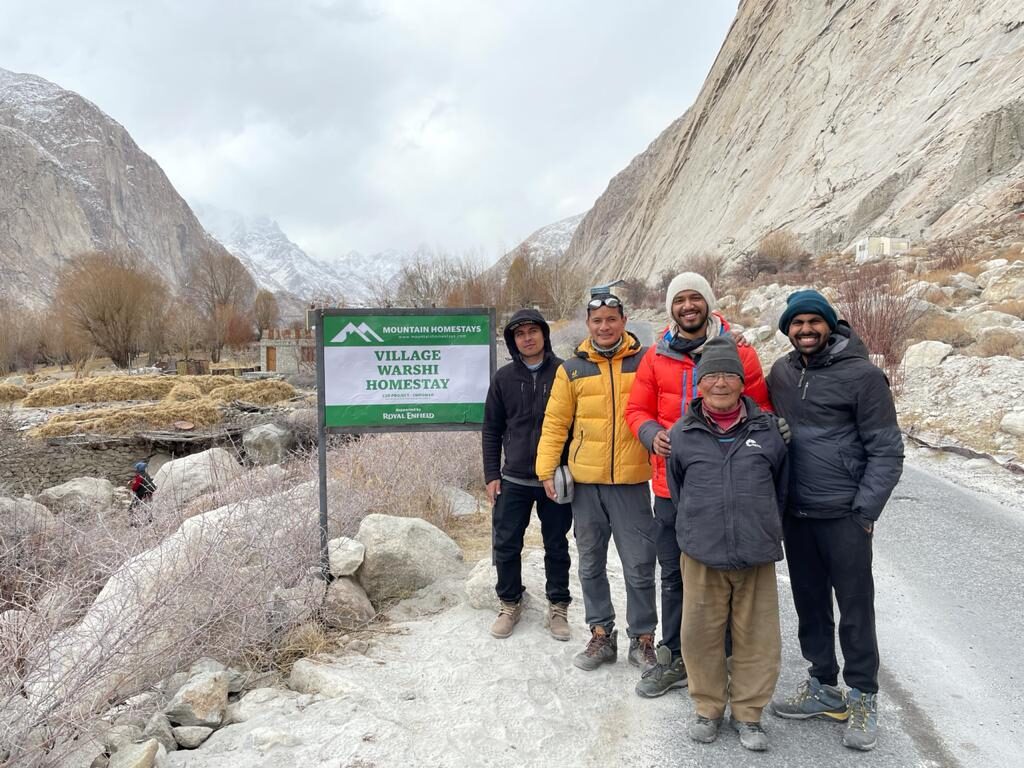

Inception & Baseline Research — Finding Unexplored Villages
At the beginning of 2021, Mountain Homestays (MH) began community based tourism (CBT) interventions in new areas of Ladakh with the objective of empowering the remotest communities by setting up comfortable yet locally rooted homestays. The aim was to diversify and widen the scope of existing tourism circuits and equitably distribute the benefits in the existing tourism circuits of Ladakh, as over the years, only handful of places at these destinations received most of the tourist footfalls. Benefits from tourism didn’t trickle down to the villages situated in the unexplored pockets of these regions, though Ladakh thrives on its tourism economy. The components of the project were — a) finding unexplored villages; b) mobilising the local community; c) setting up homestay infrastructure in alignment with the local ecosystem; and d) providing market linkages to sustain it.
The project began in January 2021 with secondary research and on-ground surveys. MH’s secondary research identified Siachen Valley, parts of Sham Valley and the Changthang region of Ladakh as the least included regions in the tourism circuits. The on-ground team then set out to survey the villages in these areas. It was observed that the villages did not have adequate resources to offer tourism services, but the communities were willing, even eager, to start their own tourism enterprises.
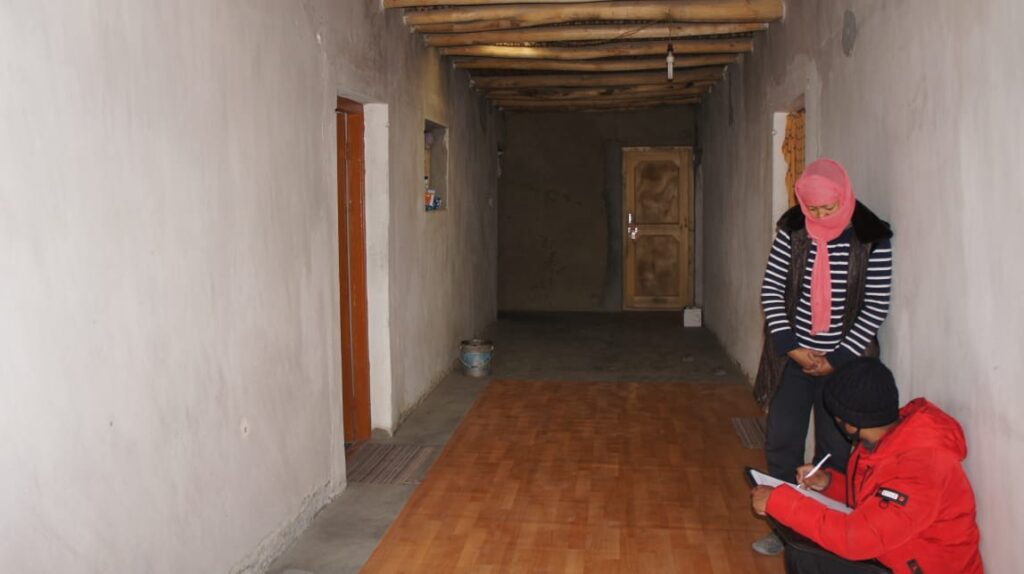

The Execution — Setting Up & Promoting Carbon Neutral Homestays
Ground Operations — At the execution stage of the project, MH was always conscious of the fact that the homestays were being set up in a very fragile ecosystem. Water scarcity, poor waste management, dependency on external food supply, these are the usual challenges for any village in Ladakh. Hence, the homestays had to be set up in such a manner that tourism activities did not aggravate the issues; instead, the intent was to mitigate them as far as possible for locals and travellers (in that order). Therefore, the MH team followed one thumb rule to procure the homestay material – Reduce, Reuse, Recycle!
Together, the locals and the MH team prepared a list of materials needed to set up homestays. With a contribution model and support from CSR partners, the MH team procured the bedding, wooden toilet systems, water filters, and amenities from the local markets of Leh, and transported them to the villages in one go. The routes were planned meticulously to ensure efficiency and to keep the team’s own carbon footprint low. In the month of March, MH formed a team of experts to set up the homestays, comprising of 2 homestay experts, 2 ground survey staff and a professional photographer to gather content to create online market linkages. The team executed this ground operation of setting up 24 homestays in 8 days.
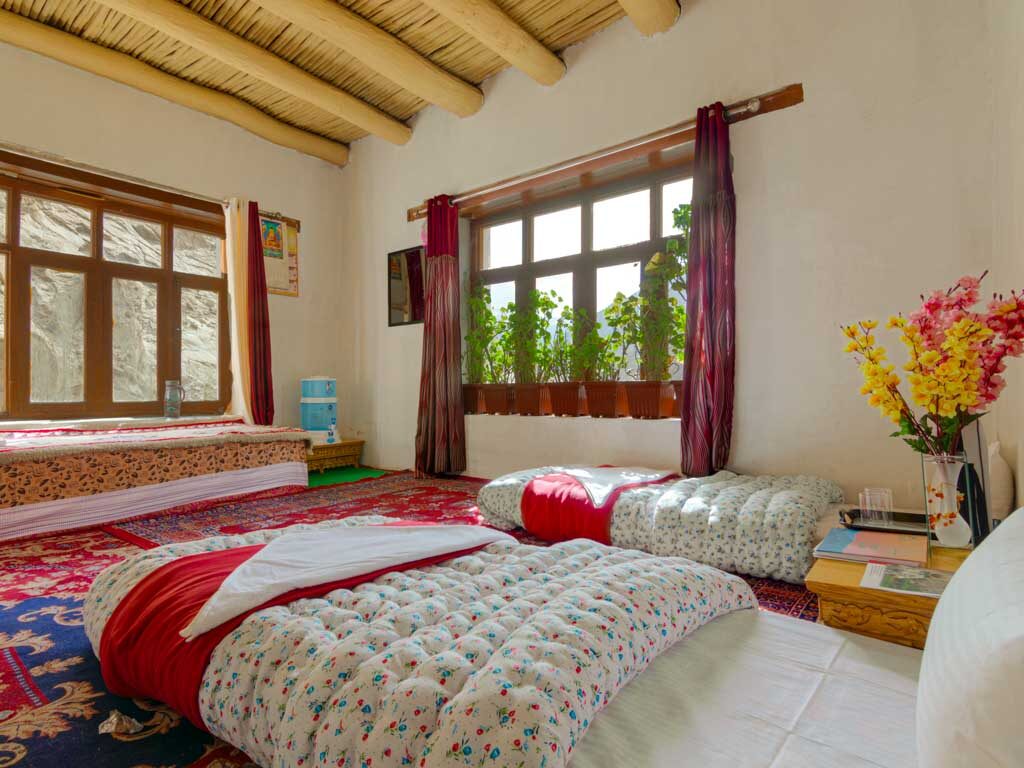

Training & Market Linkages — Once the homestays were set up, the MH team re-mobilised the communities by organising a homestay operations and management training right at the beginning of this year’s tourism season. This way, the new homestay hosts gained confidence in hosting the guests and leading their individual enterprises but within a larger, supportive ecosystem of homestays and tourism service providers in their villages.
The most crucial step right after setting up the homestays was working on the strong online presence of each homestay. The MH team listed each of these homestays on its own website and leading OTAs, such as Booking.com and Airbnb, to target responsible travellers, who value authentic hyperlocal and natural experiences. These new villages of Ladakh were integrated within the existing tourism circuits and promoted as a part of longer itineraries/tours to encourage a culture of slow, sustainable travel in these regions. The MH team also promoted every homestay through multiple social media marketing campaigns, offline marketing, and B2B partnerships. MH became a strong platform for the villagers to attract and manage their guest bookings.
The Monitoring — Increased Footfall & Beginning of Tourism Economy in Offbeat Villages
Once the homestays were set up and the hosts were trained, MH and the Homestay Hosts worked hand in hand for one full cycle of the tourism season in Ladakh. The MH team promoted the villages, and the homestay hosts put their best foot forward, providing genuinely warm, comfortable and reliable tourism services to travellers who were curious and keen to go off the beaten track.
The Outcome — A Successful, Measurable CBT Intervention!
- Through the project 24 homestays were set up and 30 individuals were trained to run authentic homestays in offbeat villages of Ladakh
- From July to September 2021, more than 100 travellers enquired online about these under-explored villages of Siachen Valley, Sham Valley & the Changthang Region
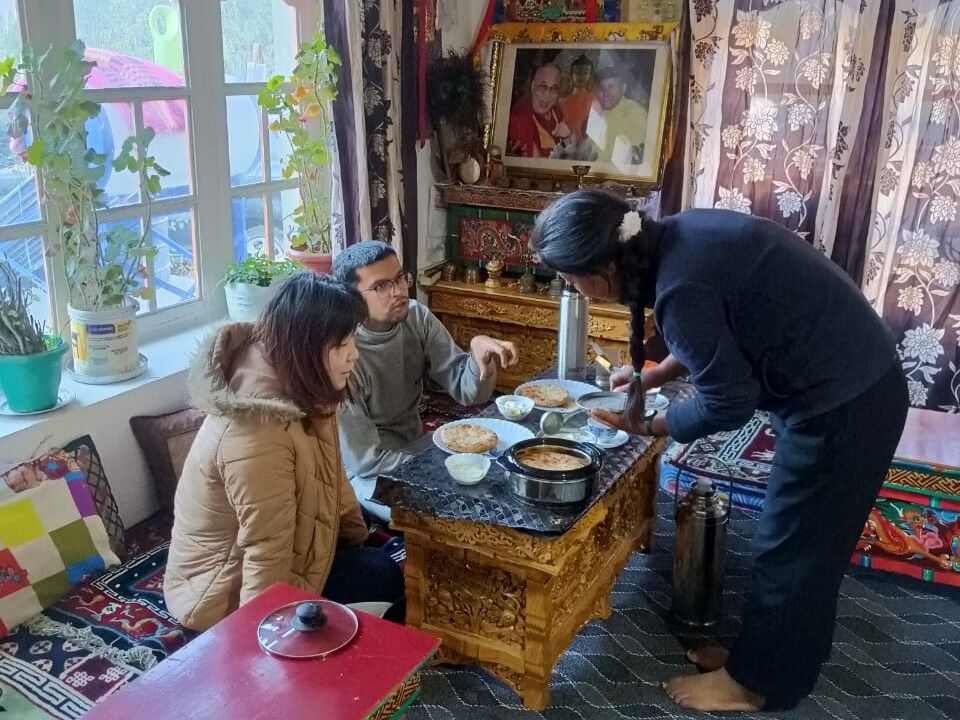

- These villages began to make a mark on Ladakh’s tourism map & even attracted multiple walk-in guests who came directly to the homestay (over and above the online bookings)
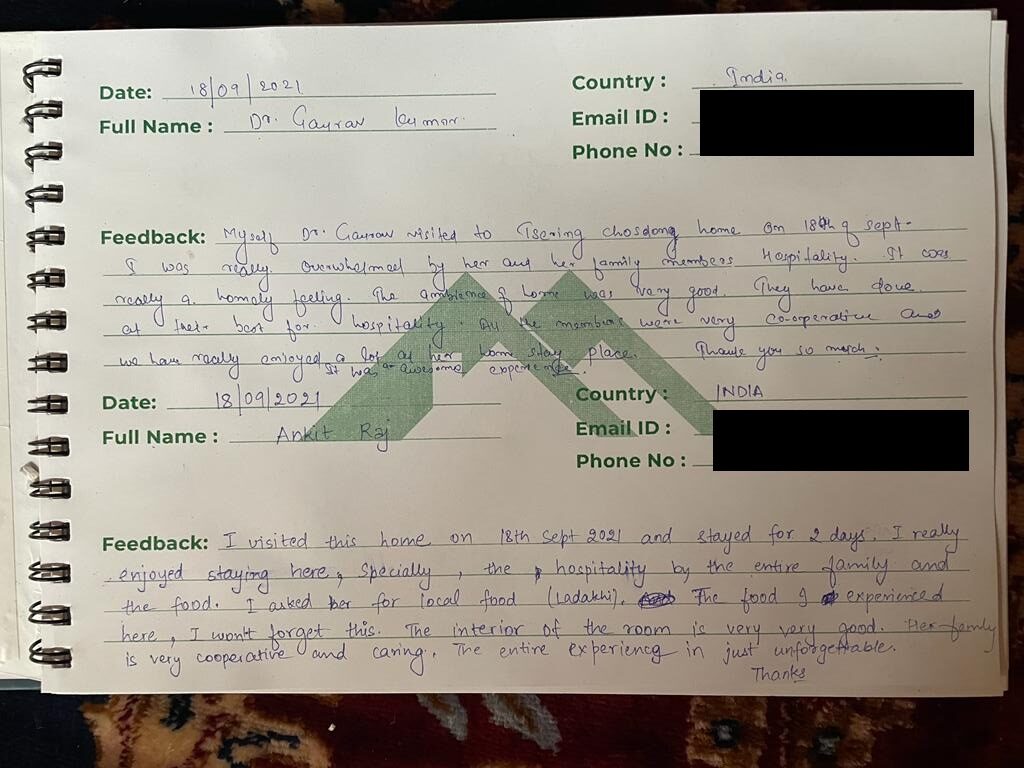

- Increased influx of tourism in the villages has now laid the foundation for hyperlocal, immersive travel experiences that don’t disrupt or unrecognizably alter the existing socio-cultural fabric of the areas. Travellers book extra activities, such as Village Walks with Authentic Food, Archery with Champions, Indoor Hands-on Pottery, which generate extra income for the entire village and not just the Homestay Hosts. This in turn ensures harmony and longevity of sustainable tourism practices within the communities.
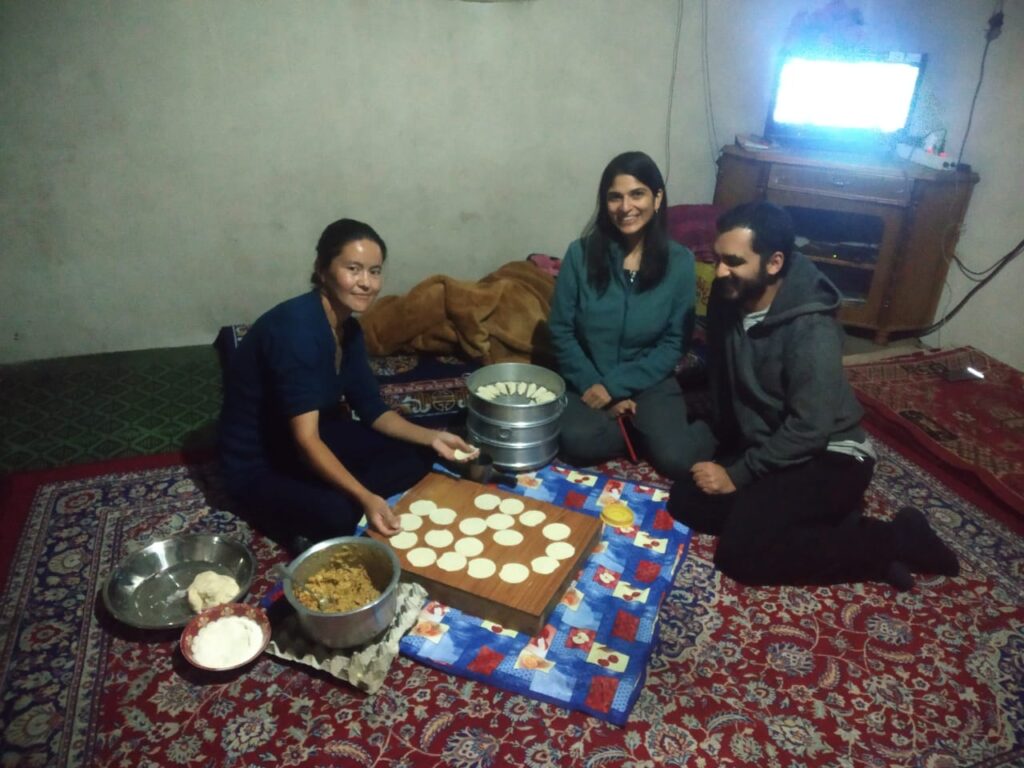

From January to September 2021, a collaborative approach of MH team & local communities was able to see an impactful transition in Ladakh. While reading the feedback of guests, seeing communities taking lead to develop experiential travel in their village, and increasing interest of travellers in these new destinations of Ladakh determines the success of the project.

